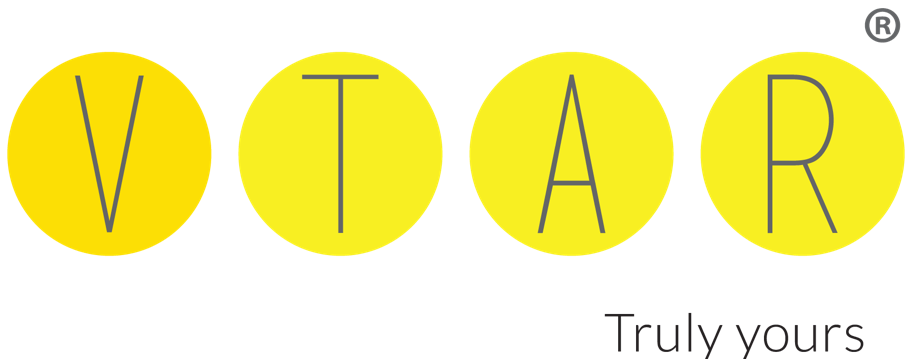Our Products:
- Manganese Sulphate
- Zinc Sulphate
- Choline Chloride
- Manganese Oxide
- Manganese Carbonate
- Ferrous Sulphate
- Ethylenediamine Tetraacetic Acid – EDTA
- Copper Sulphate
- Zinc Carbonate
- Manganese Chloride
Feed is by far the biggest expense for a livestock farmer. So it makes sense to choose feed components that give the best value for money by maximising animal health and performance. Especially the smallest nutrients – the vitamins and minerals – are likely to have a major impact on farm productivity and profits.
Appropriate feeding of livestock is of greater importance to their proper development than the genetic value of breeding material or zoo hygienic conditions. For this reason, the provision of appropriate nutrients to livestock, including microelements and macro elements, cannot be underestimated.
Foliar Feeding:
Foliar feeding has been widely used and accepted as an essential part of crop production, especially on horticultural crops. Although not as widespread on agronomic crops, the benefits of foliar feeding have been well documented and increasing efforts, have been made to achieve consistent responses.
A foliar application means that you are feeding plants by applying liquid fertilizer directly to the leaves as opposed to in the soil.
The purpose of foliar feeding is not to replace soil fertilization. Supplying a plant’s major nutrient needs (nitrogen, phosphorus, and potassium) is the most effective and economic via soil application. However, a foliar application has proven to be an excellent method of supplying plant requirements for secondary nutrients (calcium, magnesium, and sulfur) and micronutrients (zinc, manganese, iron, copper, boron, and molybdenum), while supplementing N-P-K needs for short or critical growth three-stage periods. However, a foliar application has been shown to avoid the problem of leaching-out in soils and prompts a quick reaction in the plant.
Foliar Pesticide Application:
Fruit trees can be treated by foliar application for an infestation of spider mites during the summer. Consider horticultural oil, which is an organic acaricide. It is always a good idea to aim to use chemicals as little as possible unless necessary.
GRANULAR APPLICATION:
Granular or dry fertilizer is a type of fertilizer which comes in a dry pelleted form, as opposed to spikes, a liquid, or powder. Most garden stores carry several different types of granular fertilizer, along with an array of formulations which are designed to address specific soil conditions.
The key advantage to granular fertilizer is that it acts as a time release capsule, allowing nutrients to flow out over time, rather than flooding the plants with nutrients like liquid fertilizers do.
One of the best ways to use this type of fertilizer is as a soil preparation prior to planting, in which the fertilizer is worked into the soil to provide nutrients to the plants which will be established there.
POWDER FERTILIZER:
Organic powder fertilizer contains the nutrients necessary for the plant, and it contains minerals and vitamins that the soil needs. It facilitates the uptake of plant nutrients by regulating the physical and chemical structure of the soil. These organic fertilizers are obtained from wastes or by-products of living things. Organic fertilizers also vary according to their structure. There are organic fertilizers in powder and liquid form.
Organic powder fertilizer is in powder form by nature and can be added to the soil to increase the nutrient amount of the soil. Powder fertilizers are the most important factors that keep water and oxygen in the soil, and accelerate the activities of microorganisms that absorb nutrients. Chemical fertilizers harm the soil and nature. It harms both plants and soil as well as individuals. In fact, scientific studies have emerged that individuals change their DNA structure. In this context, the use of organic fertilizers is important in terms of soil and healthy for humans.
CHELATED FERTILIZER:
The word chelate is derived from the Greek word chelé, which refers to a lobster’s claw. Hence, chelate refers to the pincer-like way in which a metal nutrient ion is encircled by the larger organic molecule (the claw), usually called a ligand or chelator.
Chelated micronutrients are protected from oxidation, precipitation, and immobilization in certain conditions because the organic molecule (the ligand) can combine and form a ring encircling the micronutrient. The pincer-like way the micronutrient is bonded to the ligand changes the micronutrient’s surface property and favors the uptake efficiency of foliar applied micronutrients
Chelated fertilizers are needed because soil is heterogeneous and complex, traditional micronutrients are readily oxidized or precipitated. Chelation keeps a micronutrient from undesirable reactions in solution and soil. The chelated fertilizer improves the bioavailability of micronutrients such as Fe, Cu, Mn, and Zn, and in turn contributes to the productivity and profitability of commercial crop production.
Applying nutrients such as Fe, Mn, Zn, and Cu directly to the soil is inefficient because in soil solution they are present as positively charged metal ions and will readily react with oxygen and/or negatively charged hydroxide ions (OH–).
Chemical reactions between micronutrient chelates and soil can be avoided by using a foliar application. Chelated nutrients also facilitate nutrient uptake efficiency for foliar application because crop leaves are naturally coated with wax that repels water and charged substances, such as ferrous ions.
